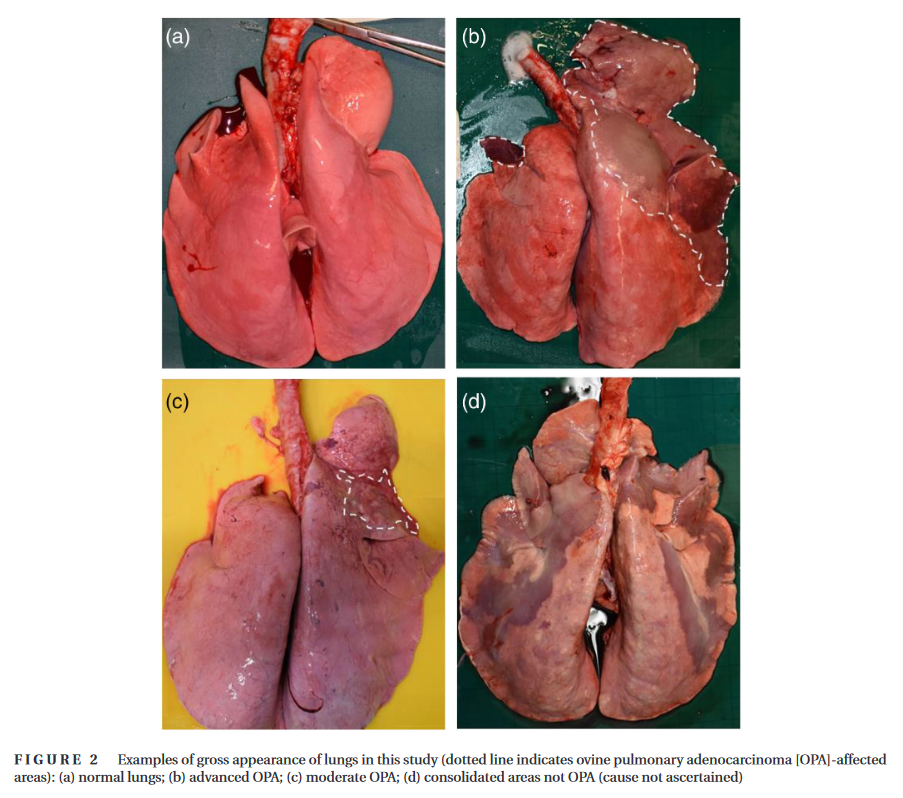Challenges
Ovine pulmonary adenocarcinoma (OPA) is a fatal disease of concern to the sheep industry in many countries, including the UK. Affected flocks typically present annual mortality of 1-5% due to OPA and this may continue over many years. Veterinary clinical examination identifies advanced cases of OPA but identification of sheep with pre-clinical OPA is required because there is no treatment or vaccine. Early identification of OPA and culling of affected sheep has several advantages; 1) animal welfare is improved by culling before the inevitable progression to severe disease and death, 2) these animals present a risk of onward transmission in the flock, 3) resources are not wasted on sheep with a terminal disease. Nonetheless there is currently no “gold standard” test to identify infected animals. Efficacy of TUS was previously confirmed with moderate and advanced cases of OPA; however, previous studies allowed 5 minutes for examination of each sheep. To be commercially viable for on-farm whole-flock screening, scanning must be much faster, though this increased speed could compromise test accuracy. The aim of this study was to estimate the sensitivity and specificity of high throughput on-farm ultrasound scanning for OPA.
BioSS Role
The Moredun Research Insitute (MRI) provided data detailing the results of all TUS scans across several flocks and the results of post-mortem examination (PME) conducted on a sample of the scanned sheep to determine their true OPA status. It could reasonably be assumed that animals with a positive TUS result that were made available for PME were a random sample of the set of all animals with a positive TUS result; however, the animals with negative TUS results donated for PME were often older or thin sheep, not a representative sample of the wider population of sheep with negative results, and were more likely to have OPA than those TUS negative animals not submitted for PME. This bias in the sampling of animals for PME required that BioSS develop bespoke statistical methodology to estimate the sensitivity and specificity of TUS from the field data available. TUS was estimated to have reasonable sensitivity (95% CI: 0.72-0.79) and very high specificity (95% CI: 0.998-0.999). Given these results it was estimated that if all sheep in a flock of >100 sheep were negative (or false positive) with TUS there is a greater than 90% probability that the flock is free of OPA.

Future innovation
Work is currently ongoing to develop and test a mathematical model of OPA transmission on farm which could be used to infer key epidemiological parameters. This work sits alongside further planned experimental work at MRI to monitor increases in infectivity of sheep with OPA through breath collection experiments.
Acknowledgements
This work was done in collaboration with Chris Cousens, Helen Todd and Mark P. Dagleish (Moredun Research Institute), Philip R. Scott (Capital Veterinary Services) and Iain McKendrick (BioSS). It was funded under the Scottish Government's Strategic Research Programme for environment, agriculture and food.

